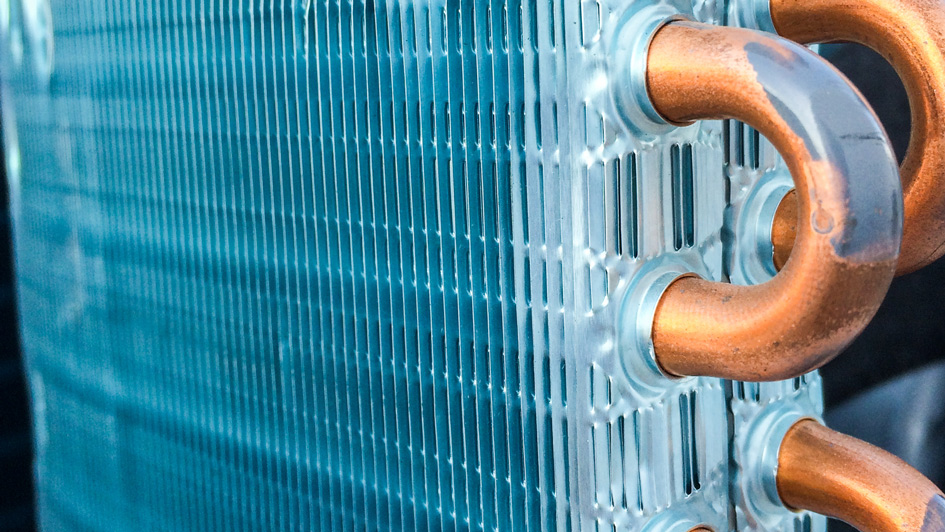
A furnace is almost always a background player for your home, helping keep you warm in the cold winter months. It regularly won't be noticed until something breaks down.
One root cause might be that your furnace has a cracked heat exchanger. It can be a safety risk, so it’s worthwhile to learn the symptoms of a cracked heat exchanger and what you can do if you believe that is the problem.
What Is a Heat Exchanger in a Furnace?
A heat exchanger transfers heat from the combustion chamber of your furnace to the air that moves through the ventilation. It typically handles this via coils or tubes that heat the air while functioning as a barrier to keep the gasses created in the combustion chamber, called flue gasses, from getting out into your home.
Is a Cracked Heat Exchanger Dangerous?
Given its key role, it’s no surprise that a broken heat exchanger can be hazardous. A crack in the heat exchanger can allow dangerous gasses – like carbon monoxide, which can be lethal – to be distributed through your home.
For that reason, don't ever run your heater if you suspect there's a crack in the heat exchanger, as this could make your entire family ill. Contact an HVAC professional right away if you are worried your furnace has a cracked heat exchanger that needs repair.
Four Signs of a Cracked Heat Exchanger:
- Furnace turns off: A crack in your heat exchanger may cause your furnace to turn off.
- Odd Smells: If the air escaping your furnace has a strong chemical odor, it may be an indicator that gas is slipping through cracks in your heat exchanger. These gasses, which will often smell like formaldehyde, are a common warning sign.
- Carbon monoxide alarm initiates or you feel poisoning symptoms: If a cracked heat exchanger is emitting carbon monoxide in your home, your carbon monoxide alarm could go off or household members might start experiencing signs of carbon monoxide poisoning. Symptoms include headaches, dizziness, weakness, nausea, vomiting or feeling tired. If the alarm goes off or you feel unwell, get out of the home immediately and then call for help.
- Soot: If you find black sooty buildup near the exterior of your furnace, it’s an indication something might be seriously wrong.
What You Can Do if the Furnace Heat Exchanger is Cracked
If you worry your furnace has a cracked heat exchanger, call a professional well versed in furnace installation Ellsworth right away so they can examine your system and, if needed, perform a furnace heat exchanger replacement. Costs should differ depending on the situation, but estimates run in the neighborhood of $1,000 to $3,000.
However, the good news is that heat exchangers are generally covered by the warranty. You’ll want to review the warranty paperwork on your furnace, because while the warranty won't always cover the entire cost of repairs, it could significantly reduce your bill.
How to Avoid a Cracked Heat Exchanger in Your Home
One of the most convenient ways to minimize the risk of problems in your furnace overall is through regular furnace maintenance. Furnaces offer the most benefits when they operate efficiently. Hiring a trained professional to check your furnace for broken-down parts, dirty filters and other common problems can help you avoid getting a big bill later on.
It’s also helpful to inspect your furnace filters every few months – it’s recommended some filters be replaced every 90 days or sooner if they are dirty or grimy. While the filters aren't a part of the heat exchanger itself, the strain of drawing air through a clogged filter makes the entire furnace work more vigorously to accomplish its job. And the harder your furnace needs to run, the more wear and tear parts like the heat exchanger will sustain.

